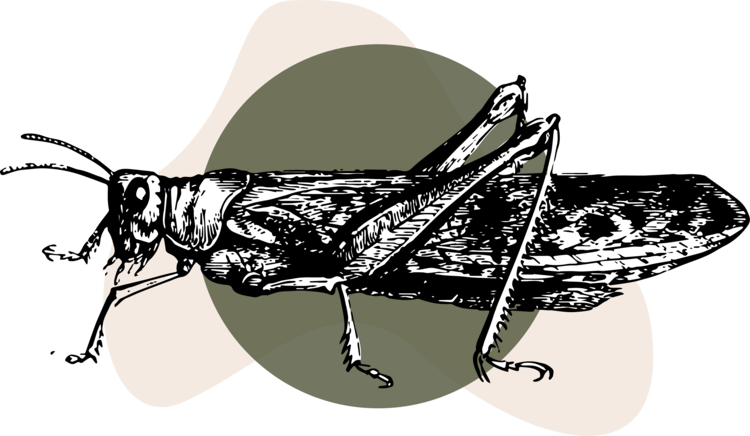Evolutionary physiology of a life history trade-off in Gryllus field crickets
Life history polymorphisms, where one genome produces two or more very different phenotypes, are widespread across animals and plants. Polymorphisms are maintained by life history trade-offs because there is no one “best” physiological strategy across all types of environments. We study an important life history polymorphism in insects: flight capability.
Flight is a key innovation that enabled diversification in insects. But flight is costly and reduces investment in other fitness-relevant traits, like reproduction. This has led to widespread flight polymorphisms in insects, with some individuals in a population capable of flight and others not. The evolutionary and physiological mechanisms by which flight is lost and gained are still unknown.
North American Gryllus field crickets have repeatedly evolved flight polymorphisms, with 42 species ranging from fully flight capable, to mixed flight-capable and flight-incapable morphs, to fully flightless. This provides an ideal system to investigate the genetic and developmental processes underlying the losses and gains of flight capability through time. We have three related lines of research ongoing in the cricket system:
Linking Genotype to Phenotype for Complex Threshold Traits
Many traits, including disease states in humans, come in two discrete forms (i.e., are dimorphic), yet their genetic basis is not caused by a simple single Mendelian genetic factor. The role of genetics and the processes that generate discrete forms from continuous genetic and environmental inputs are not well understood, limiting our ability to predict traits from genomic information and to understand the evolution of these complex traits. We are using North American Gryllus field crickets to discover the genetic, developmental, physiological, and environmental processes that convert genetic variation and environmental inputs into a dimorphic trait. The results will inform prediction of phenotype from genotype generally for complex multigenic dimorphisms, such as protective, trophic, and mating polymorphisms, in addition to threshold traits that impact human disease and breeding of domesticated species. The proposed phylogenetic framework will inform how dimorphic life-history strategies may be maintained, gained, or lost during species radiations.
Muscle remodeling
Insect flight muscle histolysis—the targeted breakdown of flight muscles, primarily the dorsolongitudinal muscles (DLMs)—is an adaptive strategy to conserve energy, reallocate resources, and respond to lifecycle transitions. Despite its prevalence and importance to life history tradeoffs in insects, the cellular mechanisms driving this remodeling remain poorly understood. In the California variable field cricket (Gryllus lineaticeps), long-winged individuals histolyze their DLMs prior to reproduction. We are developing this as a model system to understand mechanisms of muscle remodeling and inter-tissue communication during muscle breakdown. Our experiments are revealing how conserved metabolic pathways involved in autophagy, mitophagy, and iron homeostasis are regulated to achieve this remarkably rapid and targeted muscle breakdown. This is relevant not only to insect biology, but also to human muscle disorders such as sarcopenia and disuse atrophy.
Comparative neurobiology of flight
The newest line of research in our lab! Comparative approaches to neurobiology yield insight into the ultimate causes of variation in animal behavior. The flight dimorphism in Gryllus crickets provides a powerful comparative system to understand how flight impacts the evolution of sensory systems. Flying insects are inundated with rapid-fire sensory cues and airborne predators. PhD student Avi Simon is examining how neural anatomy and function differs between morphs, across species, and through the lifecycle, to understand how selective pressures associated with flight have shaped crickets’ brains and behaviors.










